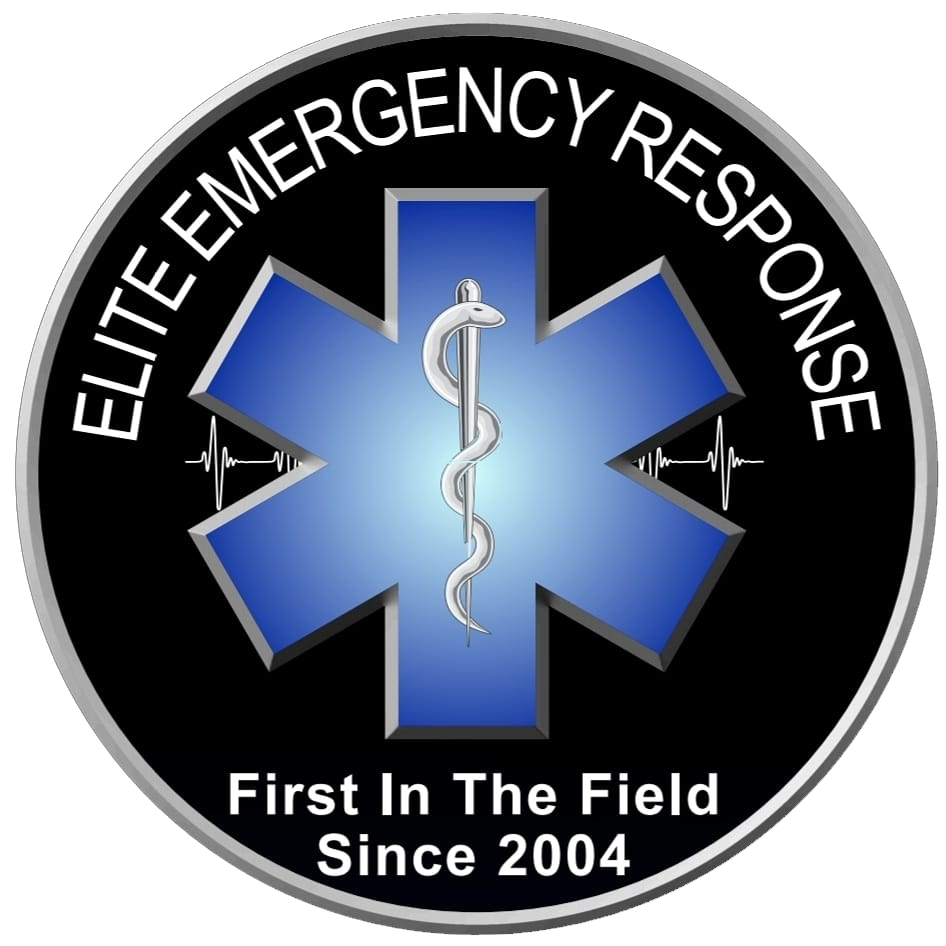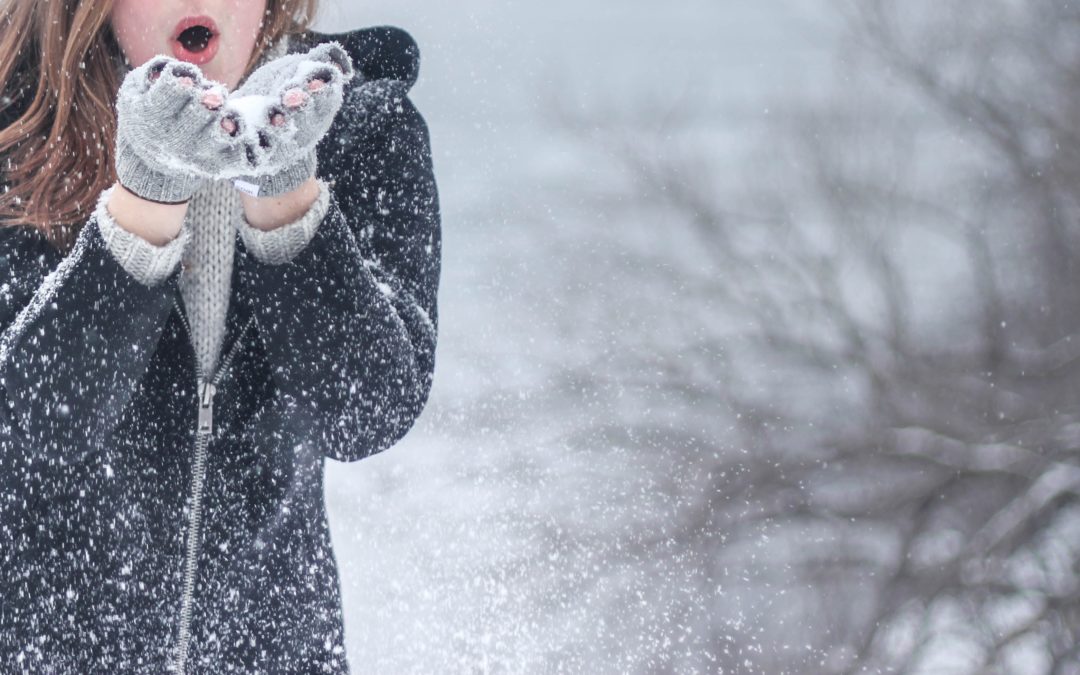Frostbite or frost-nip…it’s a rare Canadian who hasn’t experienced at least one of these at some point in their life. Today, some tips to prevent localized cold injuries and how to give first aid for them!
We can help prevent cold injuries like frost-nip and frostbite by following the advice of our moms and dressing appropriately for the weather. It’s important to stay mindful of windchill, and avoid getting wet outdoors in cool weather.
And, especially in Alberta, we should never underestimate the environment.
During one winter storm a few years ago, we encountered a patient who had walked only a few hundred feet to safety in a blizzard. Unfortunately, he hadn’t put on gloves and just those few hundred feet of exposure in a severe windchill caused such damage to his fingers that several of them ultimately required amputation. Click here to check out our article on things to keep in your vehicle in case of winter emergencies. We do recommend keeping gloves and a toque in your vehicle year round. Because Alberta!
There are some risk factors that will place folks at greater risk of localized cold injuries like frostbite or frost-nip.
Age is one factor. If you’re very young or older, you’re more at risk. Alcohol and drug use are also risk factors, and so are certain medical conditions like diabetes.
Parts of the body most at risk for frost-nip or frostbite
Parts of the body likely to be exposed or farthest from central circulation are most susceptible to localized cold injuries. So noses, ears, fingers, toes…and for gentlemen athletes who get out in the cold, in the right conditions, your junk can be at risk too! Some extreme athletes refer to this as ‘peckerthermia’ and we promise, you don’t want to experience this. (And we’d prefer not to treat it, if we’re being honest!)
Frost-nip is a mild, non-frozen tissue injury. Because the tissue hasn’t frozen, there won’t be permanent damage if it’s treated properly, which includes preventing its progression to frostbite.
Frost-nip happens due to vasoconstriction, which is a narrowing or constriction of the blood vessels. This causes decreased circulation to fingers, toes, cheeks, earss, etc. These areas don’t have large circulatory supplies anyway, so your body narrowing the blood vessels in response to cold has quick consequences.
Frost-nip feels cold but the tissue is still soft and pliable because it isn’t frozen, it’s just really cold. The skin can be red or pale, and feel numb initially but as the area warms up, expect burning sensations, tingling or other types of discomfort.
Frostbite is more serious and can leave permanent damage because the tissue actually freezes. This causes ice crystals to form inside the cells. This is a reason why, if you or someone else gets frostbite, it’s best to keep it frozen until all chance of refreezing is past. So, don’t warm up frozen parts if you have to stay outside or walk to safety. Think of it like those bags of ice cubes you can buy at the gas station…the first time it froze, you got a bunch of cubes. If you let the bag thaw, then freeze it again…you get a great big lump of misshapen ice. Ice crystals that have formed inside your tissue cells are like nice cubes. Thaw everything out and let it refreeze? Big clumpy mess and more damage.
Frostbite can be red, pale, or bluish. In severe frostbite, the skin takes on a waxy appearance and feels hard to the touch. Rewarming is going to hurt and blisters may form after the part thaws. Don’t pop any blisters but do go see your doctor as soon as possible.
Your skin might start to feel really warm if you have superficial frostbite. Weird, since it’s a freezing injury, right? Not as weird as ‘paradoxical undressing’ but we’ll cover that another day when we talk about hypothermia.
Treating Frostbite
If you’re sure there’s no risk of refreezing, take steps to thaw the frostbitten parts. Don’t rub frostbite to warm it, you can cause more tissue damage.
Immersion in warm water is best but make sure to check the water temperature with your elbow or some other part that’s not cold, frozen, or incapable of sensing temperature. Let’s not aggravate frostbite with a scald burn! The water should feel warm, but not hot.
Rewarming frostbite might cause your skin to take on a mottled, or blotchy appearance.
Soak the affected areas until the area is warm and pliable (it’ll hurt!), changing the water for warmer water as needed. After about half an hour, you should be able to gently dry the injury by patting, not rubbing.
Keep any thawed frostbitten parts covered with clean dry dressings. Place clean dry dressings between fingers and/or toes to keep them separated until you can see medical help.
Now you have the basic steps for managing frostbite, but we hope you’ll be so good at preventing it that you’ll never need to use the first aid tips!


Recent Comments